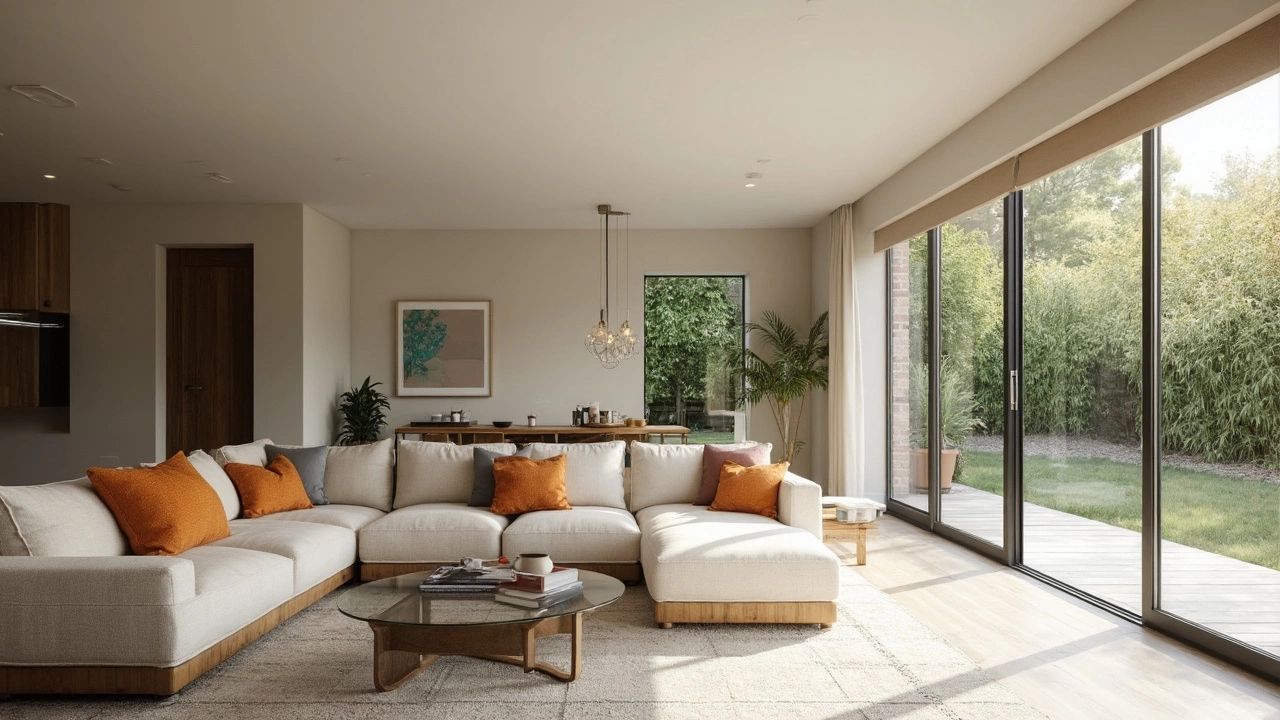Sustainable Decor: Easy Eco‑Friendly Styling Tips
Want a home that looks great and hurts the planet less? You don’t need a massive budget or a design degree. Small changes in material choices, layout, and accessories can make a big impact.
Choosing Green Materials
Start with the basics – flooring, furniture, and fabrics. Look for reclaimed wood, bamboo, or cork for floors. These woods grow fast and often come from salvaged sources, so they use fewer new trees.
When you pick sofas or chairs, ask about low‑VOC (volatile organic compound) finishes. They release fewer chemicals, which means cleaner indoor air. Many manufacturers now label their products as “green” or “eco‑certified,” making it easy to spot the right options.
For soft furnishings, choose natural fibers like linen, organic cotton, or hemp. They are biodegradable and usually processed with less harsh chemicals than synthetic fibers. If you love the look of velvet, look for recycled polyester blends – they mimic the feel without the petroleum footprint.
Low‑Impact Decorating Tricks
Color can make a room feel fresh without adding waste. Paint with water‑based, low‑odor formulas that dry quickly and emit fewer fumes. You can even repurpose old paint by mixing in a tiny amount of fresh paint for a new shade.
Bring nature inside with plants. They clean the air, add texture, and are inexpensive. A pothos or snake plant thrives in low light, so you don’t need a green thumb. Swap out cheap plastic pots for terracotta or reclaimed metal containers for extra style points.
Upcycling is a gold mine for sustainable decor. An old ladder can become a rustic bookshelf, and vintage crates make great storage solutions. Before you toss a piece, think about how it could be given a new purpose.
Lighting matters too. LED bulbs use a fraction of the energy of traditional bulbs and last years longer. Pair them with dimmers or smart plugs to cut electricity use when you’re not home.
Accessorizing doesn’t have to mean buying new. Swap out heavy curtain fabric for lighter, organic linen drapes. Use bamboo blinds instead of plastic ones – they’re sturdy, easy to clean, and look sleek.
Finally, think about the lifecycle of each item. Choose pieces that can be repaired or recycled. Many furniture stores now offer take‑back programs, so you can return items when you’re ready for an upgrade.
Putting these ideas together creates a home that feels modern, comfortable, and kind to the planet. You’ll notice the difference in air quality, your utility bills, and the way guests comment on your thoughtful style.
Ready to start? Pick one area – maybe the living room floor – and replace it with a sustainable option. Then move on to the next room. Small steps add up, and before you know it, you’ll have a fully green, stylish space you’re proud of.
Modern Living Style: What It Really Means for Your Home
- Gavin Whitaker
- |
- |
- 0
Curious what modern living style actually looks like in today's homes? This article breaks down what makes a home truly modern, from open layouts to smart tech and eco-friendly ideas. You'll get practical tips on easy updates, mistake-proof design choices, and how to mix comfort with style. Whether you're decorating your first apartment or rethinking your family house, see how modern interiors can fit real life. Learn what works right now and which trends are here to stay.
View more